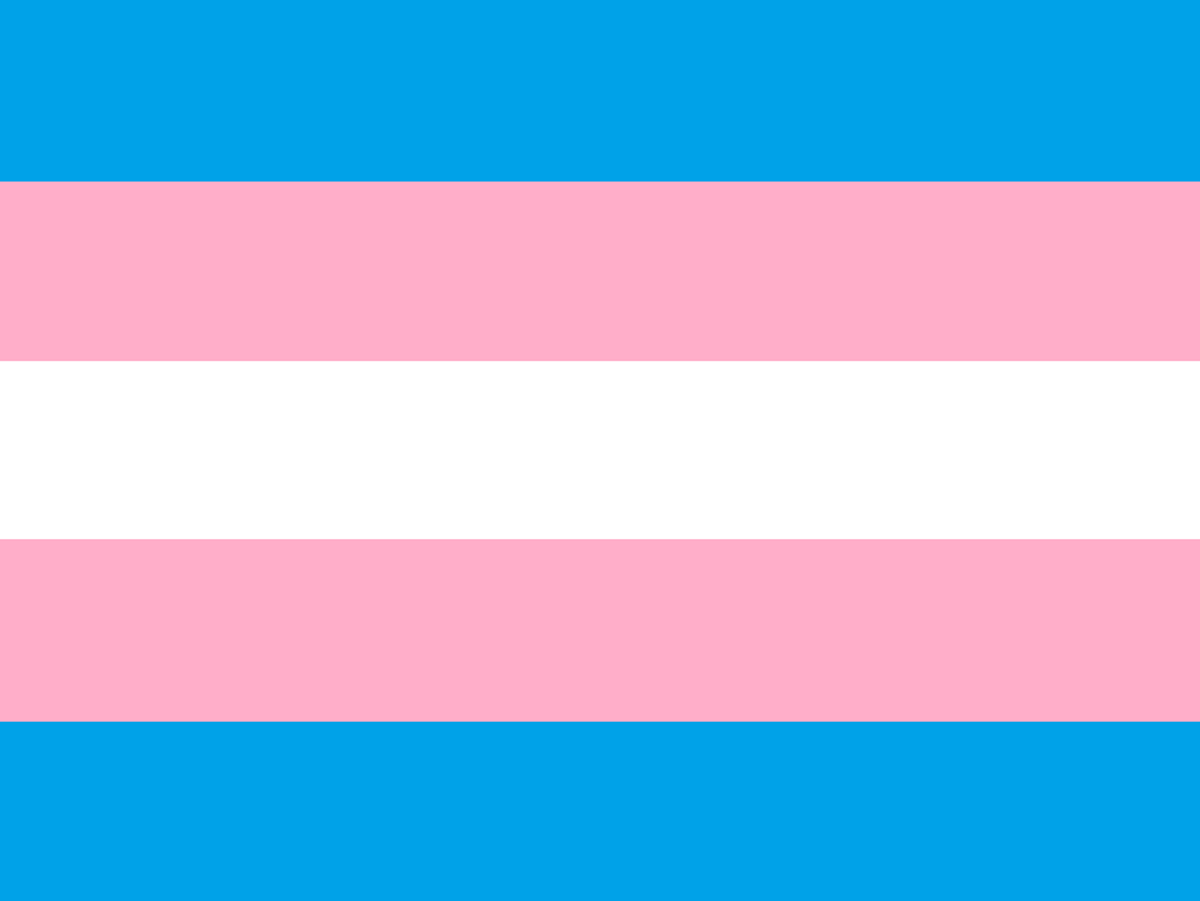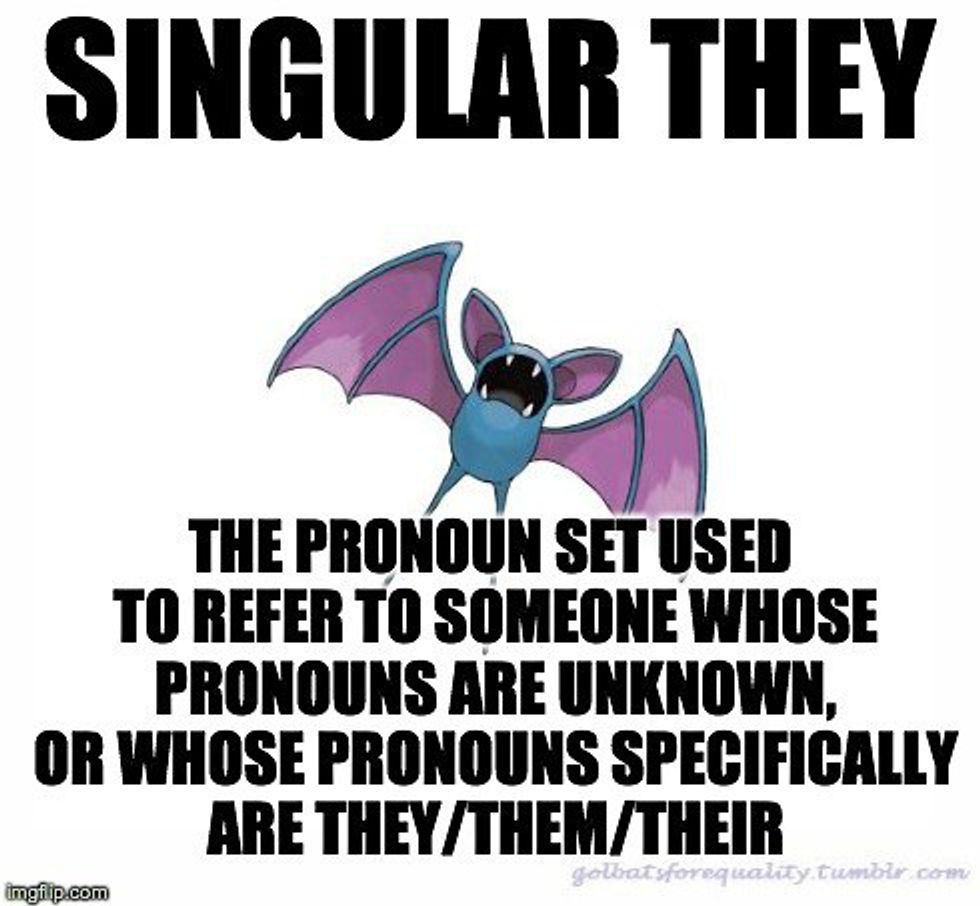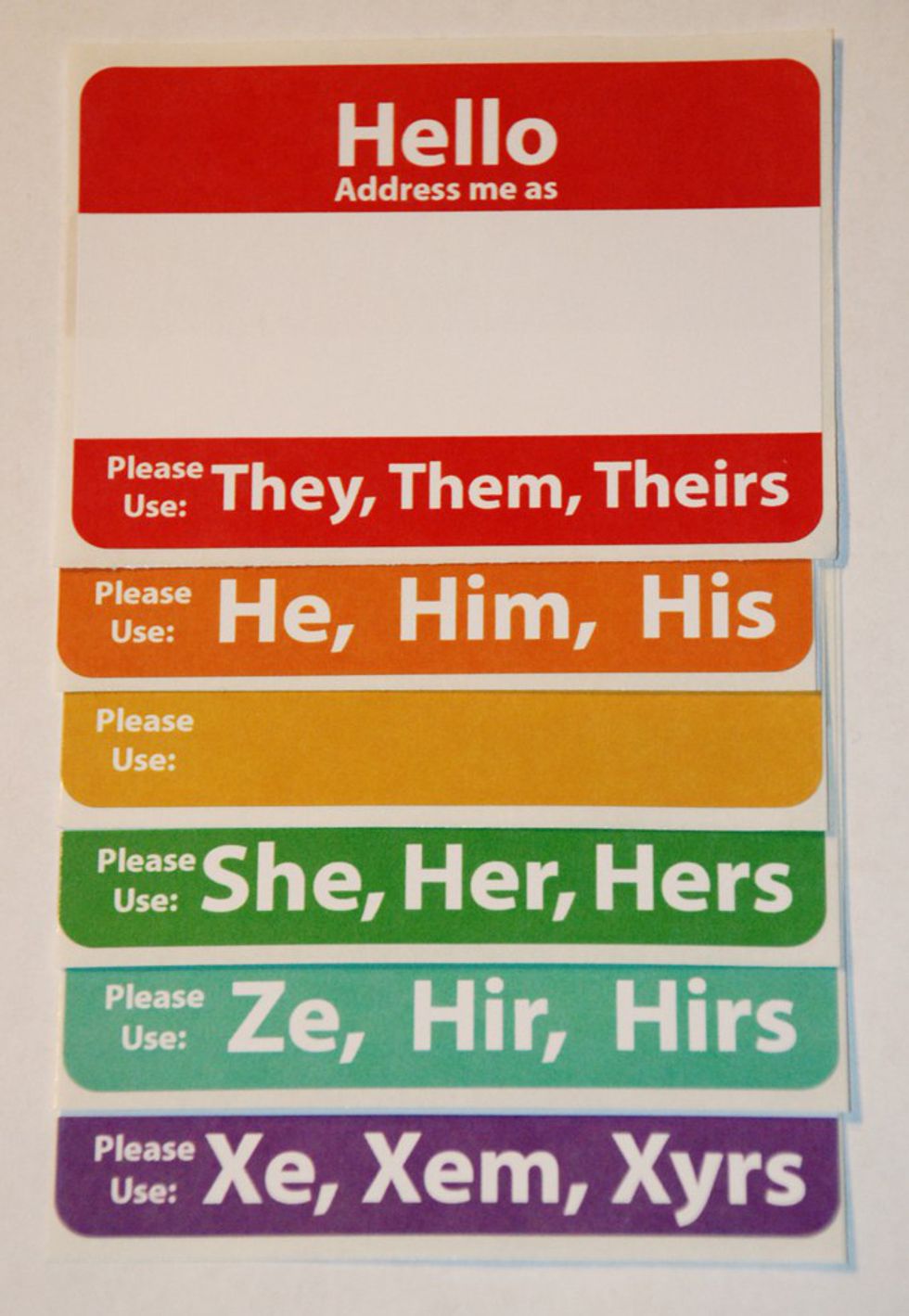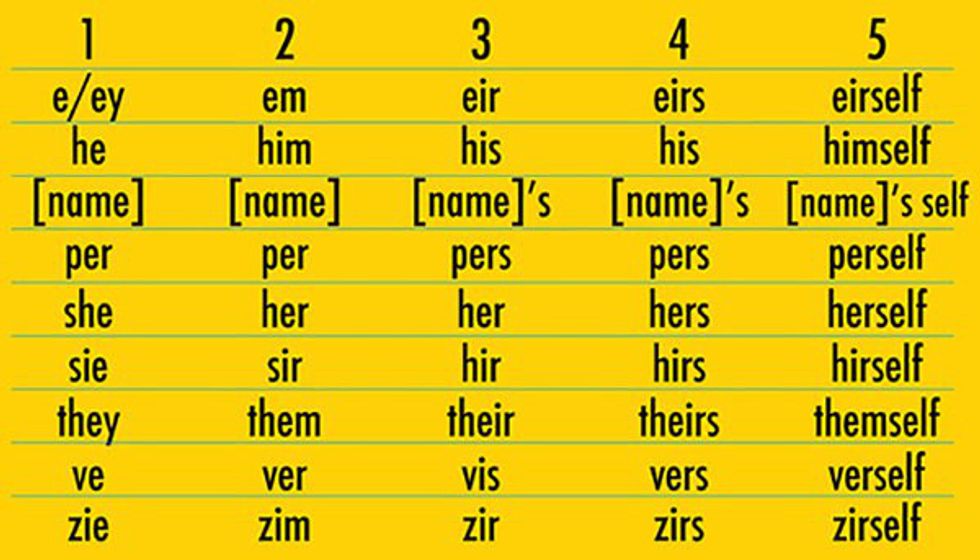The Mackinac Bridge is the most iconic bridge in the Midwest. It runs from the lower peninsula of Michigan to the upper peninsula through the Straights of Mackinac. It is currently the fifth longest suspension bridge in the world at a whopping five miles long. In May 2015 alone, 325,012 vehicles crossed the 1,024,500-ton bridge. Everyone who grew up near the Great Lakes knows and loves the bridge, but a lot fewer people know what lies beneath it.
Two 20-inch diameter pipes transporting crude oil run 1000 feet from each other almost directly under the bridge. These pipes are owned by the Canadian Company, Enbridge Inc., and are a part of their Lakehead system of pipes.
For those of you who don’t know, Enbridge operates the world's longest, most sophisticated crude oils and liquids transportation system. They value themselves as a leader in safe and reliable delivery of energy in North America. But according to Enbridge’s own data, they had over 800 spills in the U.S. and Canada between 1999 and 2010 and over five million gallons of oil released. Several of the larger spills were on Enbridge’s Lakehead system.

The spill in Marshall, Michigan, in July 2010 was the largest and most costly inland oil spill in U.S. history. It saturated nearly 40 miles of the Kalamazoo River watershed. There was a six-foot rupture in line 6B that went undetected for nearly 17 hours. Alarms went off, but Enbridge misinterpreted them to mean there was a bubble in the line and responded by increasing the flow through the line causing 843,444 gallons of oil to be released into the waterway. A short 10 days before this leak, Enbridge was questioned (because of their poor record and known defects on line 6B) about their ability to detect a leak, and they said they would be able to detect it “almost instantaneously.” This kind of huge mishap makes you wonder the consequences of a breakage on the line in the Great Lakes.
Ruptured Section of Enbridge 6b Pipeline
Twenty-three million gallons of oil run through the pipelines in the heart of the Great Lakes every day. Most of this oil is refined crude oil that originated from tar sands bitumen from Canada that travels into the US, through the Great Lakes region, and back into Canada. The pipeline in the Straits of Mackinac crosses one of the most ecologically sensitive areas in the world. An oil spill here would be absolutely devastating for not only the fish and wildlife, but for the drinking water for thousands of people and for the thriving tourism industry surrounding the area. David Schawb, Ph.D., research scientist at the University of Michigan water center and one of the top experts on water currents in the great lakes said, “If you were to pick the worst possible place for an oil spill in the Great Lakes, this would be it.” The oscillating flow of the currents would cause oil to move in multiple directions, far and fast. To put the force of this current into perspective, the water that moves in one direction through the strait at its peak current, is over 10 times of the water flowing over Niagara Falls. Due to this incredibly strong flow and quick changing currents, a leak would be almost impossible to contain. Dr. Schawb made a series of videos showing scenarios of what would happen if there were to be a rupture in line 5.
Follow this link for multiple spill scenarios
If one of the pipes were to rupture, and Enbridge was to shut it off the flow immediately, the best case scenario would be a 1.5-million gallon oil spill. Some of the oil would stay along the bottom of the lakes, some near the middle, and some would skim along the top, but one thing's for sure: The oil would spread far, reaching Mackinac Island in Lake Huron and Beaver Island in Lake Michigan. Some oil that would stay along the bottom of the lake may never surface but instead, get caught in the sediment. Even after over four years and $1 billion spent by Enbridge on cleaning up the Kalamazoo river after the spill in 2010, the EPA estimates that there is still an additional 100,000 gallons of oil that is trapped in the river system. Imagine how those numbers would translate on an incredibly larger scale.
So why should we be worried about this particular line rupturing? Well, when the line was put in in 1953, Enbridge said that it would only last 50 years. Now, 62 years later, the same line runs through the straits. In 2013, the flow through line 5 was increased by 10 percent, increasing the volume and the pressure of the liquids that move through the already outdated line. On top of that, the bottom of the lake is constantly changing due to the strong currents, meaning areas of the pipe might not have the proper support. Enbridge has had to go down and add extra supports multiple times and it is concerning to think that there was a point that these pipes were not supported up to code and under extra stress. Even if you totally disregard the importance of the location of this line, there is still a monumental reason for worry, but adding the location and the huge environmental risk makes this line a serious concern. People have a right to be uneasy about the effects this could have on the environment and community, but since the resigning of the Patriot Act in 2011 by Barack Obama, the ability to get even the most basic information from companies like Enbridge has been next to impossible. The USA Patriot Act was put in place to prevent the release of information that could aid in terrorist attacks. The name is actually a backronym that stands for “Uniting and Strengthening America by Providing Appropriate Tools Required to Intercept and Obstruct Terrorism Act.” Although this act has good intentions, many people have found it can provide loopholes and ways for companies to stay out of the public eye. So we can count on the federal government to make sure the pipelines are all up to date and to code right? Well, 135 federal inspectors oversee 2.6 million miles of pipeline; this means each individual inspector is responsible for enough almost pipeline to circle the earth.
Without the ability to get much information about the pipelines, it is difficult for the public to get involved and really know what the potential risks of line 5 are. But luckily, there are organizations out there trying to get the public informed. The Oil and Water Don’t Mix Campaign is an incredible organization that is working hard at educating people and spreading information about this seemingly unknown oil line in hopes to protect the great lakes and the inland waterways. Their website, oilandwaterdontmix.org, provides an incredible amount of information including ways to support the cause.
If you’d like to learn more, there is also a great YouTube video with interviews with people who worked on building the pipeline, experts on the Great Lakes and even representatives from Enbridge:
The most important thing you can do though is be aware of what's happening around you. When it comes to protecting this planet, ignorance is not bliss. Our ignorance simply allows companies with only business intentions in mind to compromise the health and well-being of nature and the places we love without even the slightest opposition.
All information was found at the websites below:
http://www.oilandwaterdontmix.org/
http://surfgreatlakes.org/2014/06/22/10-little-kno...


































